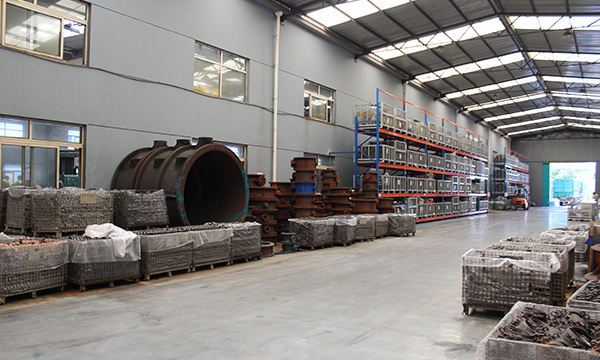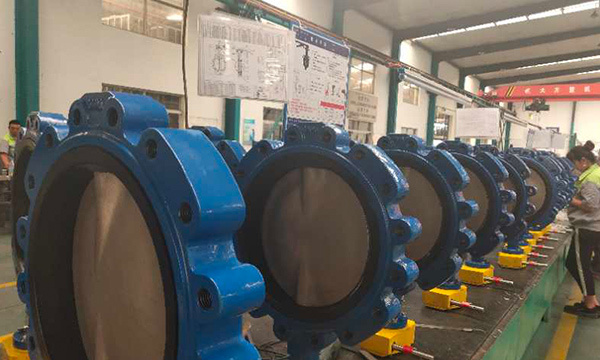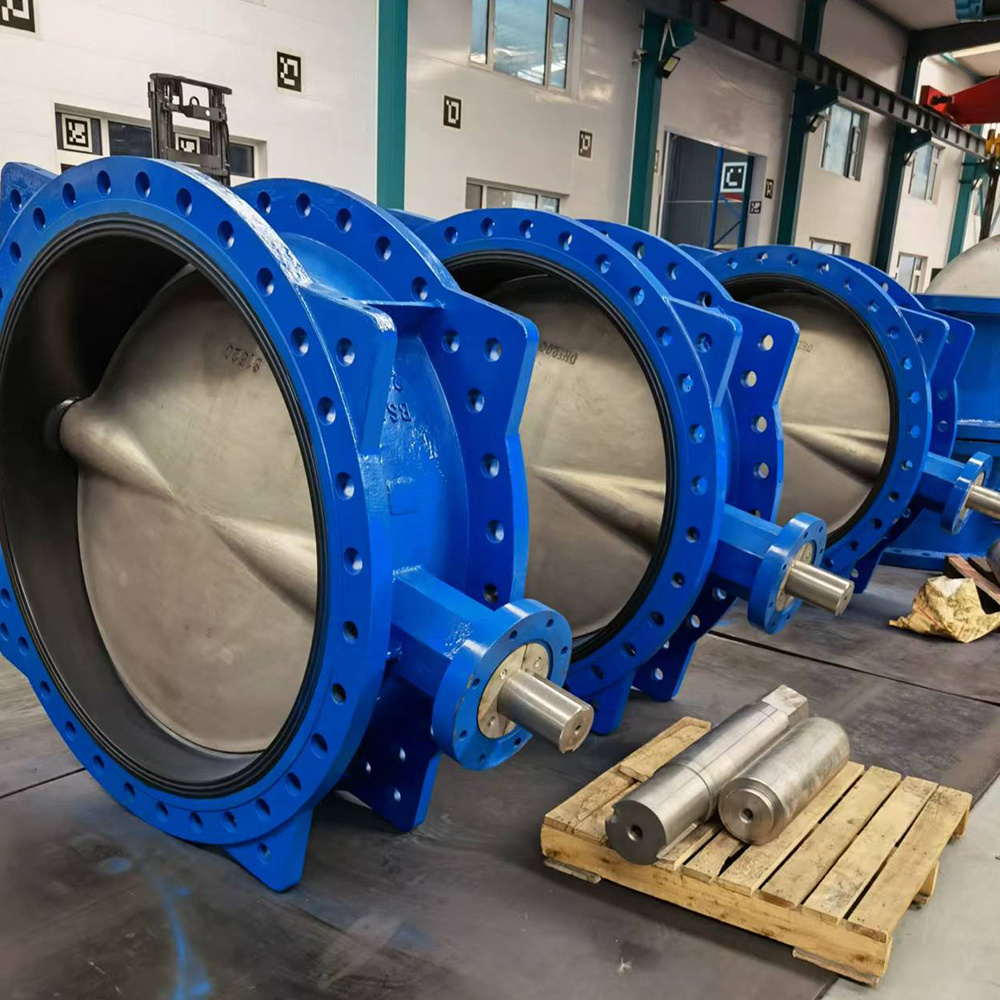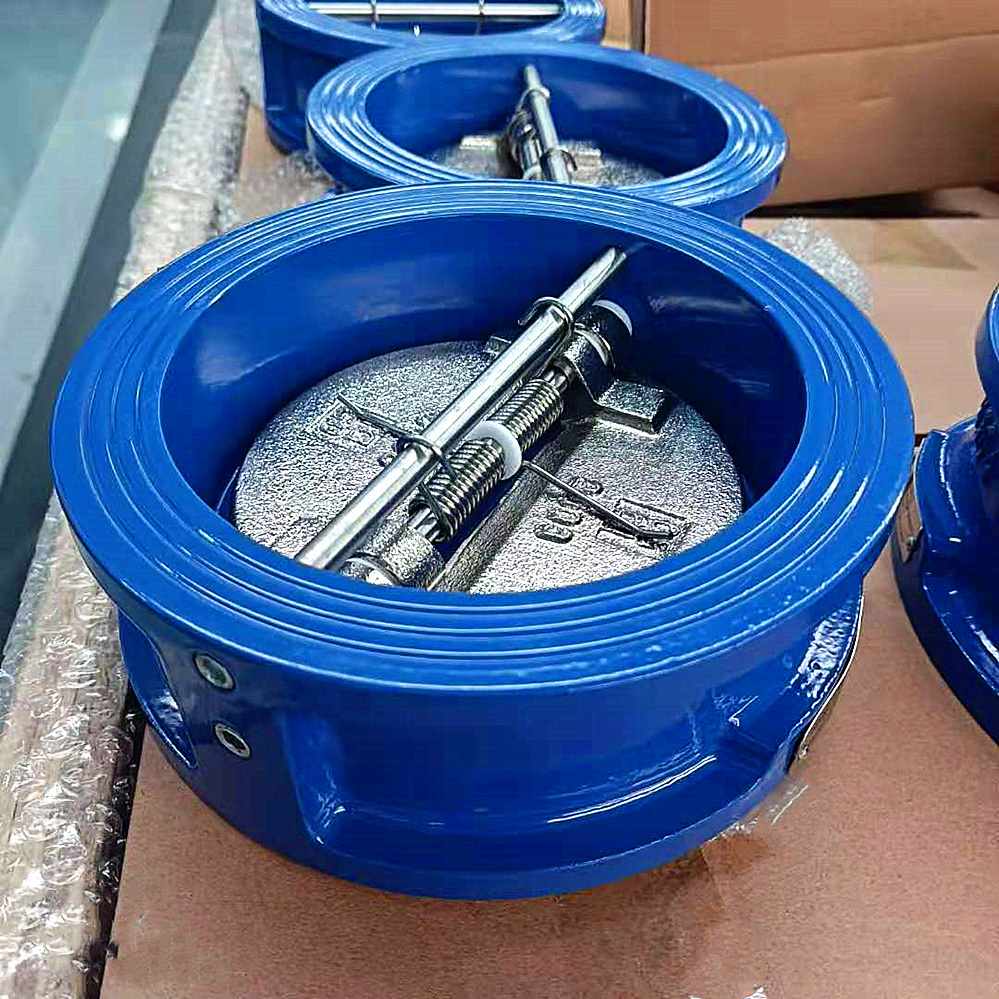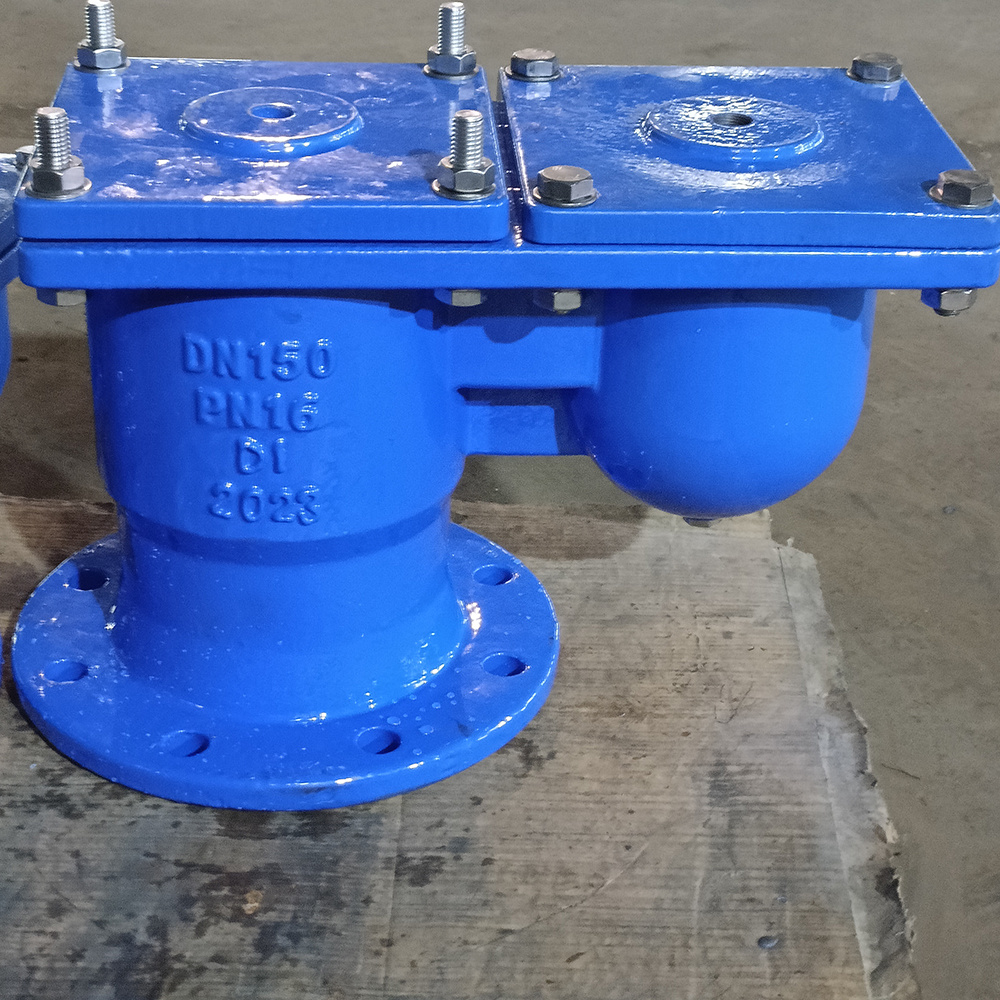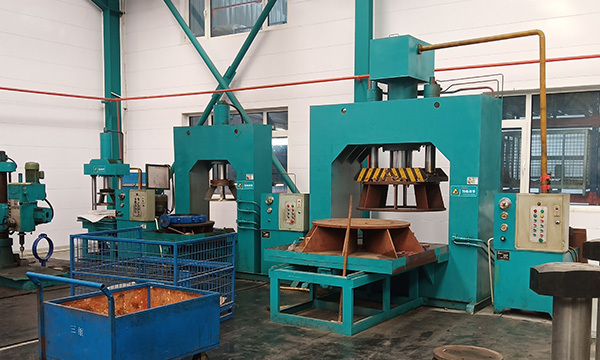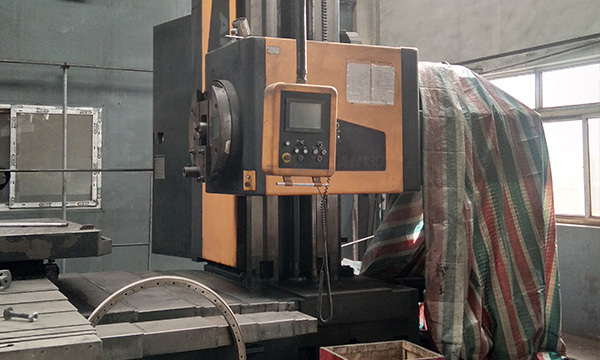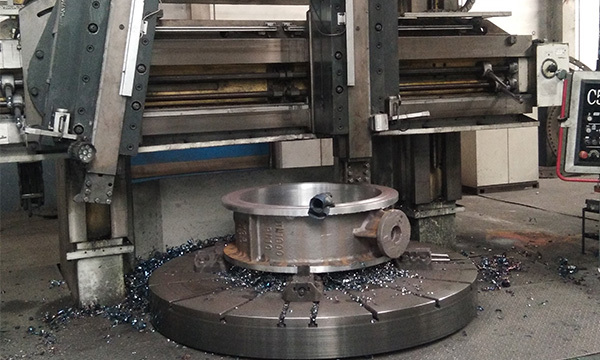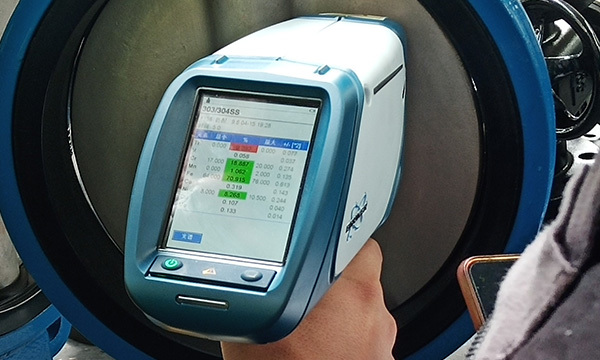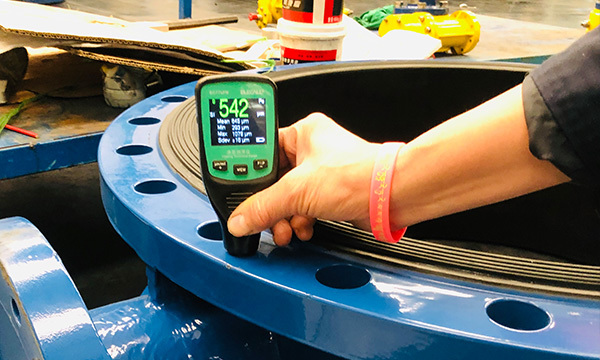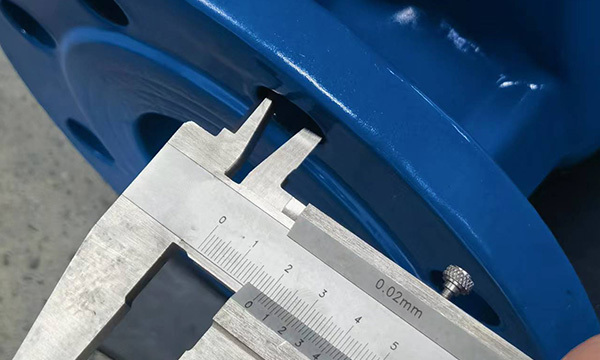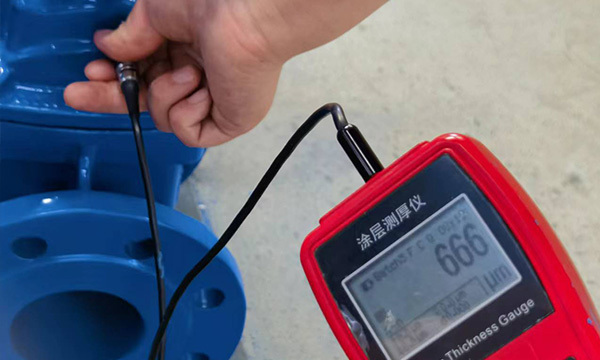Understanding Wafer Butterfly Valves: A Key Component in Industrial Applications
2025-08-08
Wafer butterfly valves are pivotal components in various industrial applications, renowned for their ability to control the flow of fluids with precision and efficiency. Unlike traditional valves, wafer butterfly valves are designed to fit between two flanges, making them a space-saving and versatile option in piping systems. Their design typically features a disc that rotates around a central axis, allowing for quick opening and closing operations, which is particularly beneficial in processes that require rapid adjustments in flow.
One of the most significant advantages of wafer butterfly valves is their lightweight and compact construction. This characteristic not only simplifies installation but also makes them suitable for a wide range of environments, including those where weight and space constraints are critical. Furthermore, their streamlined shape reduces pressure drop, contributing to overall system efficiency.
In terms of materials, wafer butterfly valves can be constructed from various substances, including cast iron, stainless steel, and plastic. The choice of material often depends on the application, as each type offers different resistance to corrosion, temperature, and pressure. For example, stainless steel valves are preferred in chemical processing applications due to their superior resistance to corrosive substances, while plastic valves might be more suitable for water distribution systems.
When selecting a wafer butterfly valve, several factors should be considered. The size of the valve must match the pipeline diameter to ensure proper flow. Additionally, understanding the media type—whether it's water, gas, or chemicals—will guide the material choice and the valve's pressure rating. It’s also important to assess the operating conditions, such as temperature and pressure, to ensure that the valve will perform reliably under the specific circumstances.
Another aspect to consider is the valve's actuation method. While manual options exist, many industrial applications benefit from automated actuators that allow for remote operation and enhanced control. This can significantly improve the efficiency of processes and reduce the risk of human error.
In conclusion, wafer butterfly valves represent a blend of efficiency, compactness, and reliability in industrial applications. Their unique design and functionality make them indispensable in modern fluid control systems. Understanding their features, advantages, and selection criteria will empower professionals to make informed decisions that enhance operational efficiency and reliability within their processes. Whether for new installations or system upgrades, wafer butterfly valves are a critical consideration for anyone involved in industrial equipment and components.
One of the most significant advantages of wafer butterfly valves is their lightweight and compact construction. This characteristic not only simplifies installation but also makes them suitable for a wide range of environments, including those where weight and space constraints are critical. Furthermore, their streamlined shape reduces pressure drop, contributing to overall system efficiency.
In terms of materials, wafer butterfly valves can be constructed from various substances, including cast iron, stainless steel, and plastic. The choice of material often depends on the application, as each type offers different resistance to corrosion, temperature, and pressure. For example, stainless steel valves are preferred in chemical processing applications due to their superior resistance to corrosive substances, while plastic valves might be more suitable for water distribution systems.
When selecting a wafer butterfly valve, several factors should be considered. The size of the valve must match the pipeline diameter to ensure proper flow. Additionally, understanding the media type—whether it's water, gas, or chemicals—will guide the material choice and the valve's pressure rating. It’s also important to assess the operating conditions, such as temperature and pressure, to ensure that the valve will perform reliably under the specific circumstances.
Another aspect to consider is the valve's actuation method. While manual options exist, many industrial applications benefit from automated actuators that allow for remote operation and enhanced control. This can significantly improve the efficiency of processes and reduce the risk of human error.
In conclusion, wafer butterfly valves represent a blend of efficiency, compactness, and reliability in industrial applications. Their unique design and functionality make them indispensable in modern fluid control systems. Understanding their features, advantages, and selection criteria will empower professionals to make informed decisions that enhance operational efficiency and reliability within their processes. Whether for new installations or system upgrades, wafer butterfly valves are a critical consideration for anyone involved in industrial equipment and components.
Wafer butterfly valve


